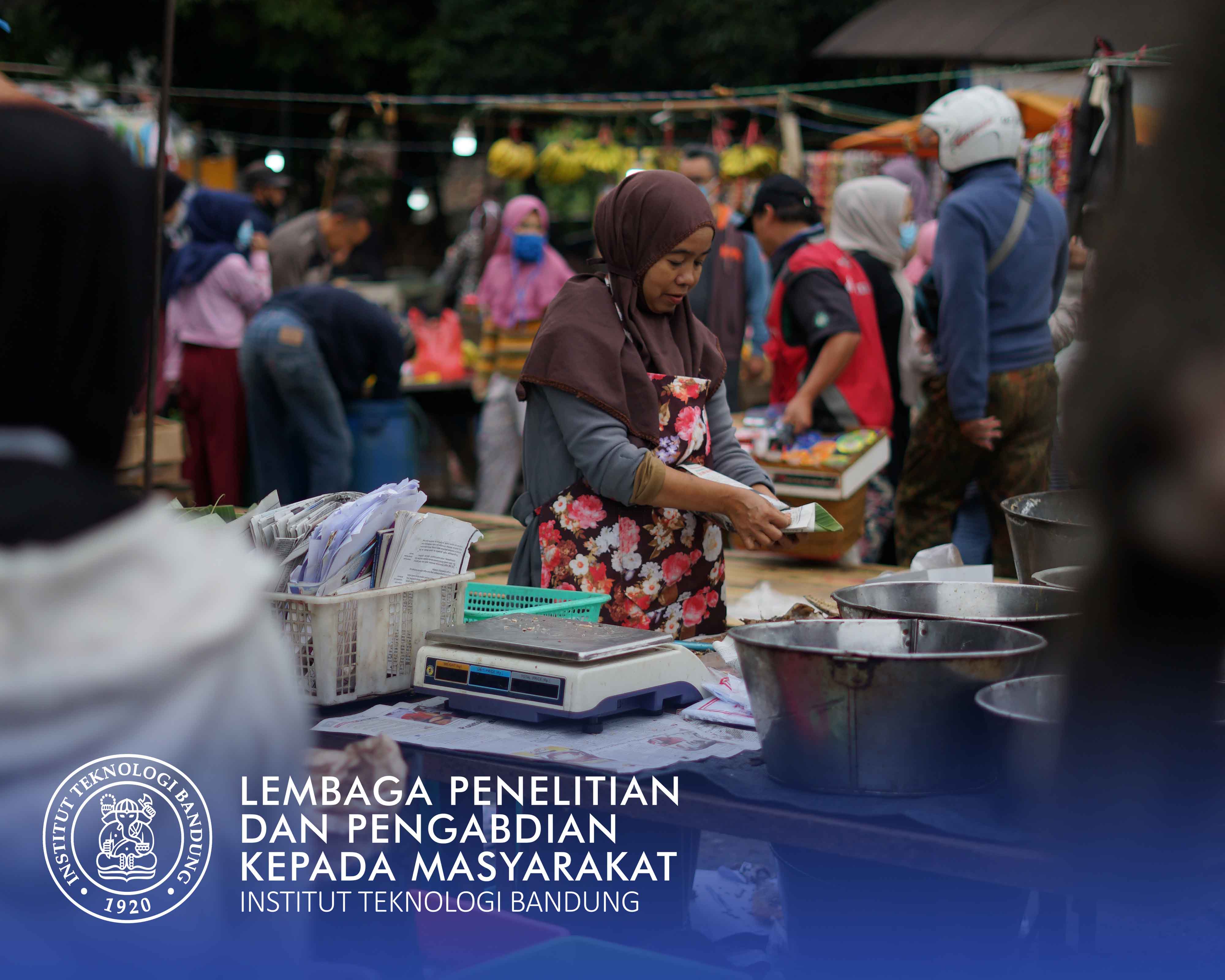

Fadhila Achmadi Rosyid
The increase in production capacity of ore and coal mines imposes the increase in mining contributions to central and regional governments’ revenue. On the central level, non-tax revenue increased by in average 15% per annum from 2011 to 2015. On the regional level, mining becomes the backbone of the regional economy in terms of the proportion of the mining sector to Gross Domestic Regional Product (GDRP). Some areas in which its GDRP depends on the mining sector are West Nusa Tenggara, Papua and South Kalimantan. Mining sector may provide benefits to the development of central and regional levels by increasing its economic growth, reducing poverty, and improving welfare. However, it may have a potential to cause adverse impact when it is not managed properly. Auty (1993) argues that resource-rich countries are often unable to make a full use of their natural resources to boost their economy. In addition, Auty (1993) also states that a country rich in natural resources generally has lower economic growth when compared with countries which have limited natural resources. This phenomenon is known as the curse of natural resources (resource curse).
Penerapan Karya Tulis, Pelaksanaan Kegiatan Kepedulian Sosial berupa pendidikan/penyuluhan/pendampingan
Adverse impact in mining sectors when it is not managed properly.